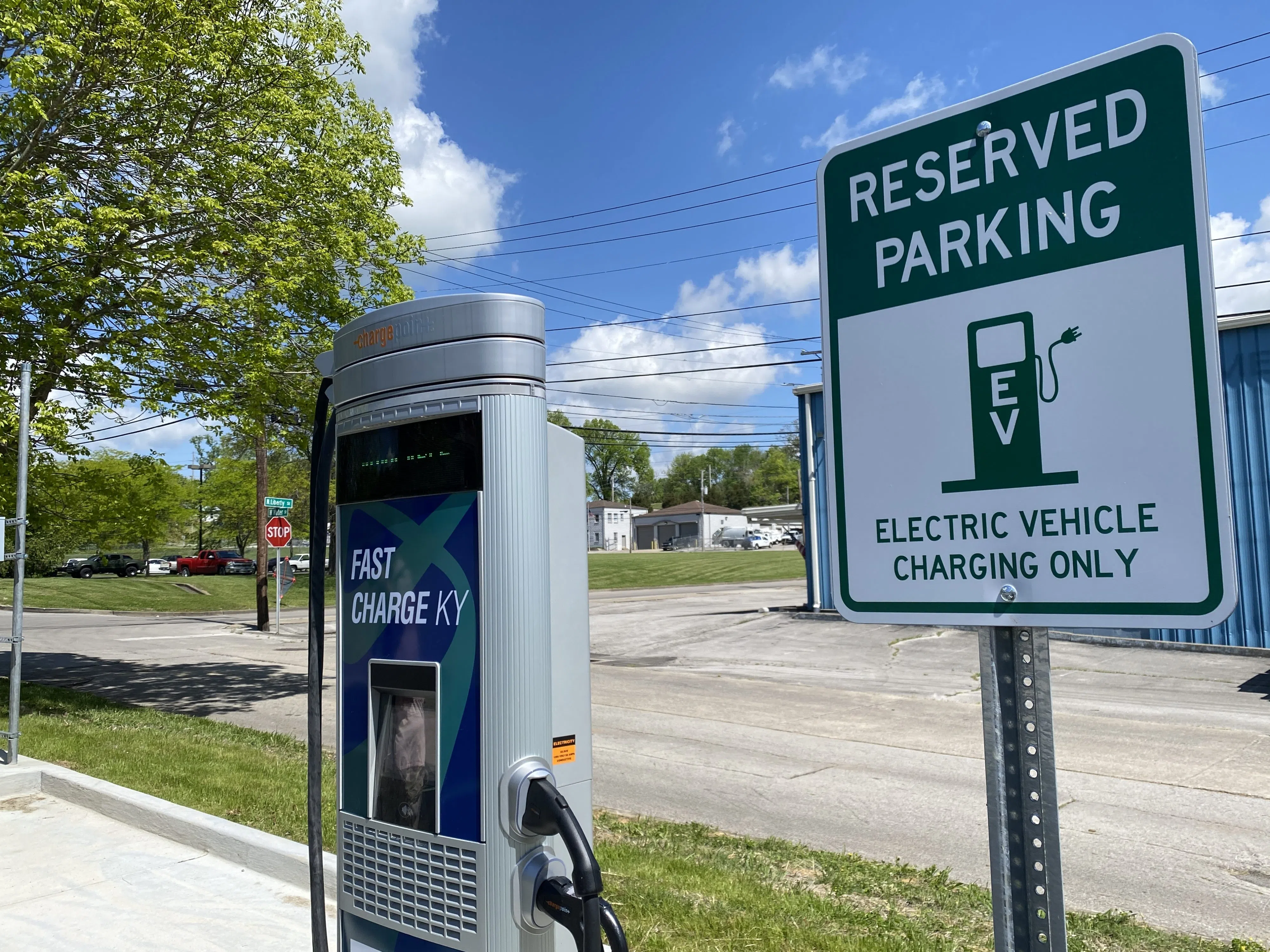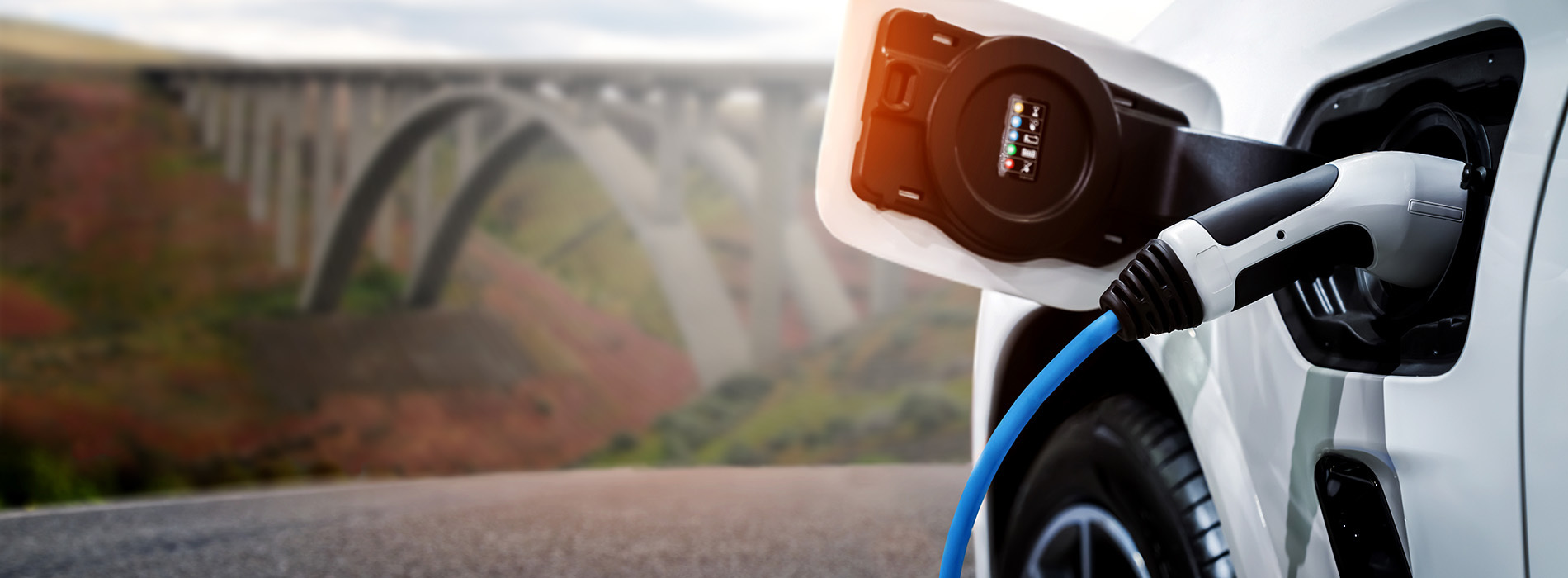What’s Driving the Growth of EV Infrastructure? Buy EV Charging news for Key Updates
What’s Driving the Growth of EV Infrastructure? Buy EV Charging news for Key Updates
Blog Article
Leading EV Charging Information: Secret Updates on Framework and Development

Recent Improvements in Fast-Charging Modern Technology

Additionally, improvements in battery modern technology, including improved thermal management systems and greater power thickness batteries, complement fast-charging capacities. These growths mitigate the danger of battery degradation throughout fast charging, making certain longevity and performance for EV proprietors.
In addition, the integration of wise charging services is improving user experience, allowing real-time tracking and dynamic pricing models. EV Charging news. This flexibility permits chauffeurs to enhance billing times and expenses based upon grid demand
As car manufacturers remain to invest in fast-charging networks, the cooperation in between industry stakeholders is important. Collaborations in between billing station providers and automotive manufacturers are paving the means for substantial insurance coverage, ultimately fostering a much more robust EV ecological community. These developments are critical in supporting the shift to lasting transportation.
Government Efforts for Charging Growth
Government initiatives play an essential role in the expansion of electrical vehicle (EV) billing infrastructure, helping with the change to lasting transportation. Various federal and state programs are being applied to enhance charging access, lower the monetary burden on customers, and advertise the adoption of electrical lorries.
Significantly, the united state government has designated significant financing with the Infrastructure Investment and Jobs Act, which sets aside $7.5 billion for EV billing network development across the nation. This financing is targeted at deploying hundreds of brand-new billing stations, specifically in underserved areas, thereby addressing range stress and anxiety among possible EV purchasers.
Furthermore, many states are passing regulation to improve the allowing process for billing terminal installments, which is crucial for increasing deployment. Incentives such as tax obligation credits and rebates for both customers and services are additionally being presented to motivate the setup of charging facilities.
Additionally, public-private partnerships are progressively becoming a focus, leveraging private financial investment to complement federal government funding. These initiatives highlight a collaborative approach important for constructing a thorough and reliable EV charging network, ultimately adding to a greener and more sustainable future.
Cutting-edge Battery Solutions Enhancing Performance
Reinventing the landscape of electrical automobile (EV) technology, innovative battery remedies are significantly improving performance and performance. Advances in battery chemistry, particularly with lithium-sulfur and solid-state batteries, are leading to increased energy density, which permits longer arrays and faster charging times. These brand-new battery types have the potential to outshine conventional lithium-ion batteries by using greater capabilities while reducing weight, thereby improving general lorry efficiency.
Moreover, advancements in battery management you could look here systems (BMS) are enhancing energy usage and expanding battery life-span. Smart formulas check battery wellness and performance, enabling real-time modifications to charging and releasing processes. This not only enhances the performance of the battery however likewise guarantees a more lasting and trusted energy source for EVs.
In addition, the integration of reusing technologies is dealing with the ecological influence of battery production and disposal. Developments in second-life applications for EV batteries are promoting their usage in power storage space systems, adding to a round economy.
As these cutting-edge battery solutions remain to evolve, they promise to transform the EV market, making electrical cars more enticing and available to a broader audience while supporting worldwide sustainability objectives.

Partnership In Between Automakers and Charging Networks
Recognizing the crucial need for a robust charging infrastructure, car manufacturers are progressively working together with charging network carriers to enhance the EV ownership experience (EV Charging news). These collaborations intend to create a seamless billing community that profits consumers and sustains the transition to electrical cars
Major auto brand names are signing up with forces with recognized charging networks to broaden their billing station insurance coverage, making certain drivers have access to convenient and dependable charging alternatives. For instance, partnerships with networks like ChargePoint and Electrify America allow automakers to integrate billing solutions directly right into their cars' navigating systems, assisting users to the nearest stations and giving real-time availability updates.
Furthermore, these cooperations usually result in the development of fast-charging modern technologies that dramatically decrease the moment web link needed to charge an EV. By pooling sources and competence, car manufacturers and billing networks can introduce quicker, creating solutions that satisfy the growing demand for electrical movement.
Additionally, joint initiatives may also bring about even more standardized charging protocols, which can reduce customer confusion and advertise wider EV fostering. Overall, these tactical partnerships are crucial in constructing a user-friendly and efficient billing facilities that fulfills the needs of a broadening electrical car market.
Difficulties Encountering EV Charging Facilities
As the electric vehicle market remains to expand, several difficulties are appearing that impede the growth of a thorough billing facilities. One of the key obstacles is the inadequate variety of billing terminals, specifically in underserved and country city locations. This gap develops range stress and anxiety amongst prospective EV purchasers, discouraging them from making the switch.
Furthermore, the lack of standardization in charging modern technology complicates the framework landscape. Variations in plug types and charging speeds can produce complication for individuals and boost functional intricacies for charging network operators. The integration of charging terminals into existing electrical grids presents considerable difficulties. Many areas deal with capacity constraints, calling for considerable investments in grid upgrades to fit boosted demand.
One more pushing issue is the high cost connected with the installation and maintenance of charging stations, which can be a barrier for both public entities and exclusive organizations. Ultimately, governing difficulties and zoning constraints can postpone the implementation of charging facilities, restraining development in expanding crucial solutions. Addressing these difficulties will certainly be important for cultivating a durable EV ecosystem that sustains the Recommended Reading shift to lasting transport.
Conclusion
Finally, the continuous innovations in EV charging modern technology, sustained by substantial government efforts and cutting-edge battery solutions, are essential for the development and efficiency of electric automobile facilities. Collaborations between automakers and charging suppliers even more boost station protection, attending to the expanding demand for accessible charging alternatives. Regardless of difficulties that continue within the EV billing landscape, these developments represent a favorable trajectory in the direction of an extra effective and lasting electric lorry community.
Advancements in billing facilities have actually led to the advancement of ultra-fast chargers capable of supplying up to 350 kW of power, considerably minimizing billing times. Variants in plug kinds and charging speeds can create confusion for users and boost operational complexities for billing network operators.In conclusion, the continuous developments in EV charging technology, supported by substantial government efforts and innovative battery services, are crucial for the expansion and efficiency of electrical vehicle framework. Collaborations in between automakers and charging carriers further boost terminal protection, dealing with the growing need for easily accessible charging options. In spite of challenges that linger within the EV charging landscape, these advancements signify a positive trajectory in the direction of a much more sustainable and efficient electrical automobile community.
Report this page